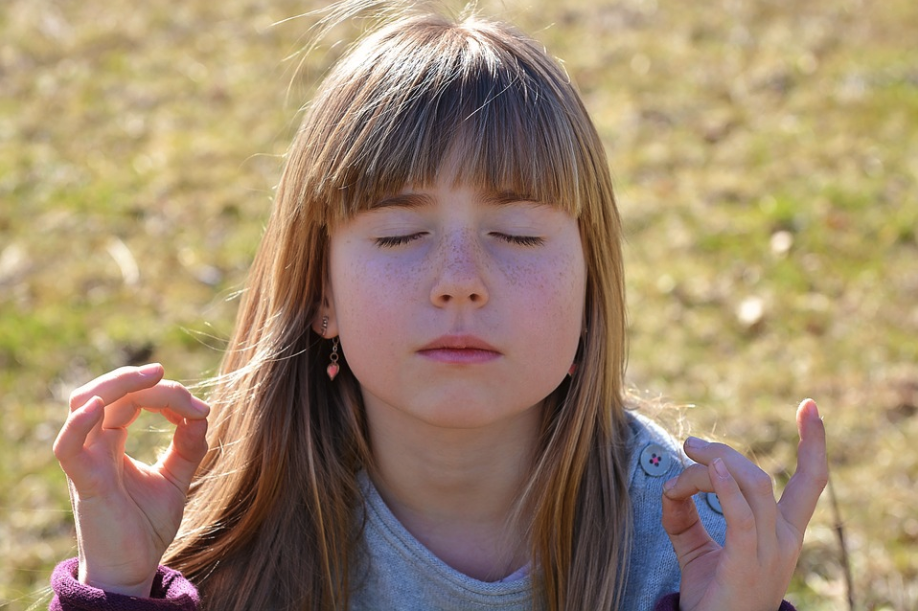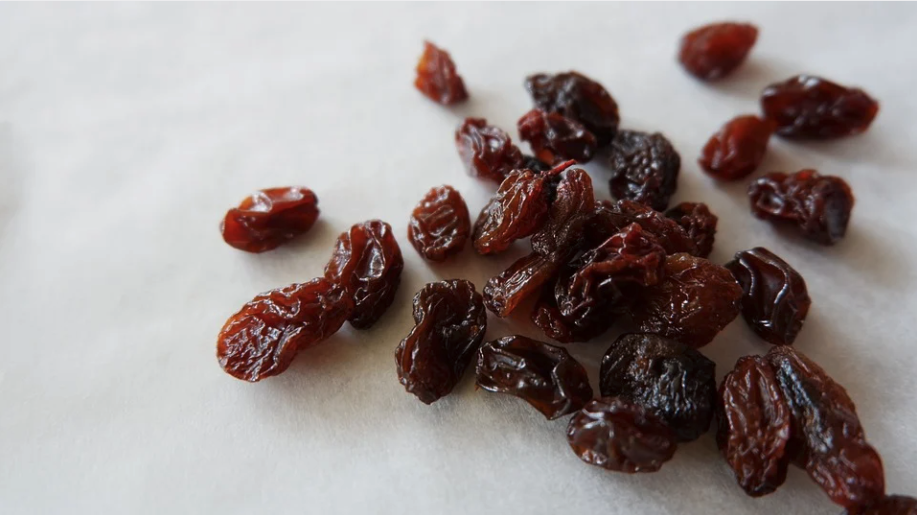When I was in my 20s and in graduate school in England, one of the other students was a single mother of two young daughters. I was amazed by how much my colleague, Heather, was able to get done. Once, I asked what her schedule was. She detailed everything from before dusk to after dark. She had just 7 hours left over to sleep.
Amazing. One of the tricks she had to stay sane was meditation. She even taught both of her kids.

They must have been around 4 and 7 at the time.
One time, she asked the younger what she had learned from meditation. They 4-year-old held out her hand. “When I meditate, I learn to not hold on to things like this.” And she made a fist.
“I learn to hold on to things like this.” And she opened her hand with the palm up with a smile.
How beautiful! This lesson from a 4-year-old was as profound as any I would hear in graduate school. And how simple as well!
Teaching my daughter to meditate

Fast-forward almost 20 years, I have a daughter. Now that she is 2, I’m slowly teaching her to meditate. Actually, even a year ago we began this journey.
We started with a wonderful children’s book on mindfulness. One of the exercises in the book was to clench one’s hands tight. Then let go. And repeat.
Another exercise is to take a deep breath in. And a deep breath out. And repeat.
My daughter, even at just one year old, loved these embodied practices. She could feel how a tight fist felt. And she could feel the release of letting go.
Over the months we have practiced taking a deep breath. Sometimes it goes great. When we’re looking forward to something but just need to wait a few minutes: take a deep breath. It helps if we can sit facing each other and smile between breaths.
Sometimes the meditation doesn’t go well. If she is truly upset, a deep breath is not going to help.
I feel like that’s true for me too.
Keeping it fun
One of the best things we can do is to model good behavior to our kids. We all know that “do as I say, not as I do” is a terrible strategy. So one of the things I do is sit and meditate in front of my daughter.
My meditation cushion, which is just some folded blankets and a simple bench, is in my office. So sometimes when we’re playing in another room, my daughter will declare that it’s time to go to the office to meditate. This always makes me smile. I think she knows that and appreciates it.
Our meditations typically only last a few seconds. Maybe 30 seconds at most. Her attention span is short, though. For now, the biggest goal is to ensure that she enjoys the meditation. Just like with adults, meditation should be fun. It should not be a chore or an added task for our long days.
Eating meditation

Years ago, when I was dating my now-wife, Beth, I taught her a very simple eating meditation. You can try it too. You begin with a single raisin. If you really dislike raisins, you can try an almond, or a cracker, or other small solid piece of food. But, as we’ll see, raisins seem to be perfect as a teaching tool.
Take the raisin and hold it up between your thumb and index finger. Begin by looking at it. Try to look at every contour, each rise and fall of the raisin’s skin. Every unique fold. Notice how shiny it is, whether it is smooth or bumpy in appearance.
Then close your eyes and move it around. Use your thumb and index finger to feel the raisin. Does it feel smooth? How firm or squishy is it? Can you notice those same contours that you saw, imagining the terrain of the raisin in your mind’s eye as you move it in your hand?
Third, put the raisin by your ear. Move it around. Give it a gentle squeeze. Gentle. Can you hear it? Is there a slight popping sound as it moves in your fingers, or perhaps as it sticks and unsticks from your skin? I’m always amazed at what I hear when I do this.
Fourth, bring the raisin to your nose. Still moving it around gently, take in the aroma of the raisin. Adults who have done wine tastings will love this. “A hint of oak and chocolate, with a subtle raspberry finish?” Perhaps not. But you will notice a pretty amazing range of scents coming from the humble raisin. Notice how different regions of your nose come alive as the smells enter it.
Finally, pop the raisin into your mouth. Move the raisin around in your mouth for a moment. It was at this point that my now-wife, Beth, looked at me and said. “oops. I ate it.” That’s okay if you did too. Feel free to grab another one if you need to. And then, move it around in your mouth. Notice how it feels against your teeth, against your tongue. Can you sense those same ridges and contours that you saw and felt in your hand?
Then, slowly, bite down. Notice the burst of flavor moving throughout your mouth. Explore the flavors as they come in contact with different parts of your tongue. And continue to slowly chew the raisin and to swallow it when you are ready.
This whole meditation can last several minutes. Yet, with a kiddo, it is good to sense how much attention span they have and adjust as needed. This is an adventure. You and your kiddo are exploring, learning, and in away experiencing something quite new.
Be present. Take joy in whatever unfolds. Perhaps today is not the day to start a new meditation practice. Perhaps your kiddo just wants to eat the raisin. That’s okay. This is as much a learning experience for us as adults as it is for kids.
 Justin Whitaker, Ph.D., holds a doctorate in Buddhist ethics from the University of London. He has given lectures, and taught Buddhist studies and Philosophy at Oxford University, the University of Hong Kong, the University of Montana, and at Antioch University’s intensive study-abroad program in India. A certified meditation teacher, he is a regular contributor to Patheos.com, and Senior Correspondent for Buddhistdoor Global. He lives in Missoula with his family.
Justin Whitaker, Ph.D., holds a doctorate in Buddhist ethics from the University of London. He has given lectures, and taught Buddhist studies and Philosophy at Oxford University, the University of Hong Kong, the University of Montana, and at Antioch University’s intensive study-abroad program in India. A certified meditation teacher, he is a regular contributor to Patheos.com, and Senior Correspondent for Buddhistdoor Global. He lives in Missoula with his family.
